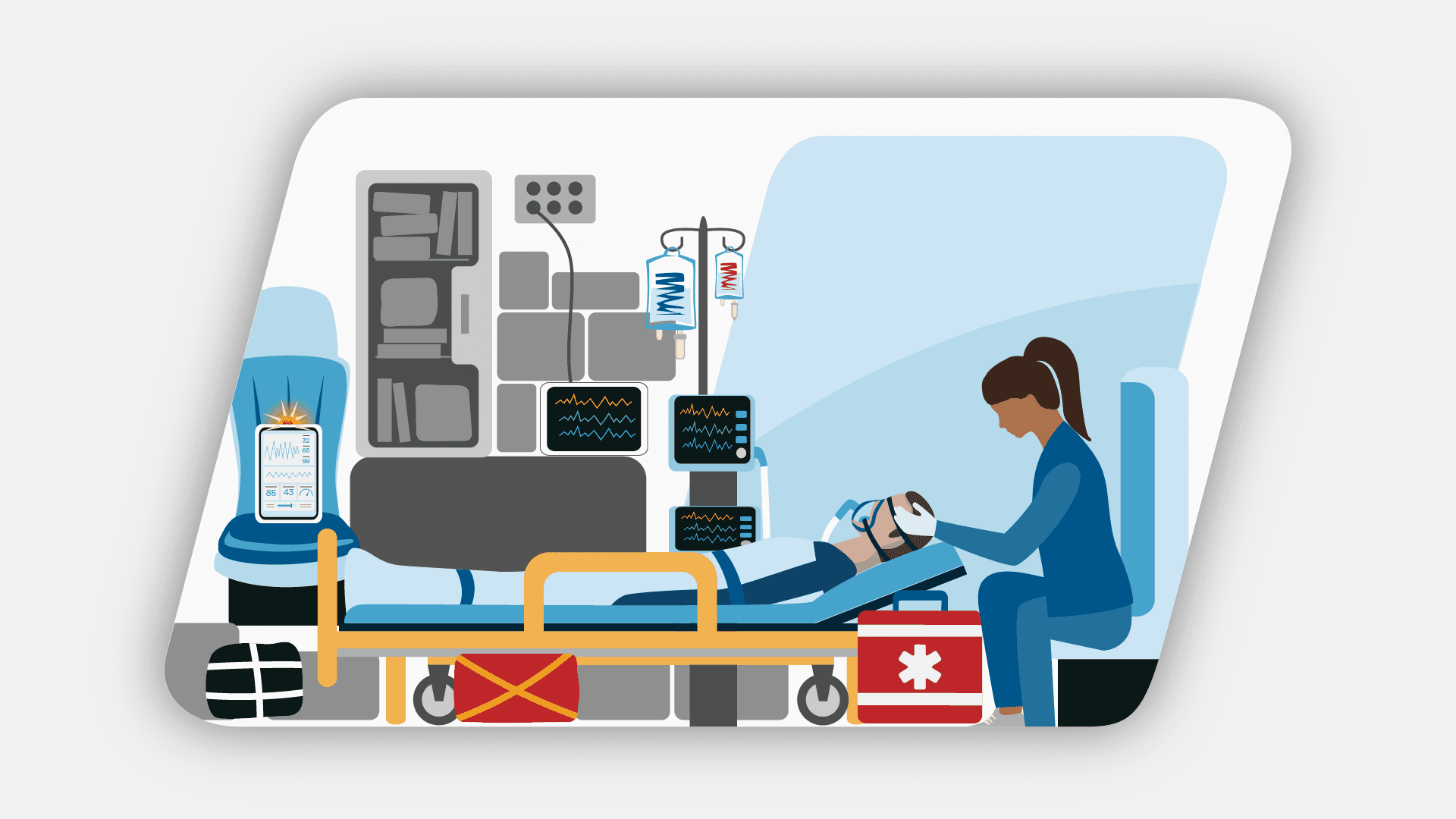The Happy Marriage of Industrial Design and User Interface Design
More and more, people are conditioned to interact with their objects. Products developed according to a siloed industrial design process have little chance of fulfilling these new expectations.
The Happy Marriage of Industrial Design and User Interface Design
Anyone with a toddler who routinely swipes TV screens and mirrors knows how technology is reshaping users’ abilities and expectations beyond what the traditional product design process was set up to deliver.
More and more, people are conditioned to interact with their objects. Products developed according to a siloed industrial design process have little chance of fulfilling these new expectations.
This was the topic at the core of a panel we hosted last week with the local PDMA chapter about marrying user interface (UI) and industrial design (ID) to create a customer experience (CX) that surpasses expectations.
One of our panelists, Heather Hollis, Executive Creative Director of Product Design and User Experience at Comcast, noted that UI affords designers unprecedented flexibility. Digital fixes are easier to make, and UI offerings are easier to extend by adding features and apps. “But,” she continued, “if the form factor is poor, and the device falls out of your hand, it doesn’t matter how great the UI is—it’s a poor user experience.”
Don Appruzzese, President of UgMO Technologies, agreed his products’ credibility is first established through its physical design, look, and feel. (Full disclosure: UgMO is a client.)
Who Gets More Attention: ID or UI?
As the design of physical objects merges with the design of user experience, ID and UI tend to get pitted against one another. Which is more important? There are excellent arguments to be made for either side. This would be a juicy topic for a debate, but for companies making products it’s a do or die question.
Products are a brand’s best messengers. They communicate all kinds of information about their company’s values and reliability—and communicate it more effectively, we’d argue, than advertising or marketing campaigns.
But that brand experience is no longer limited to what the object looks and feels like in someone’s hand.
How the object acts and interacts—the user experience it enables—is just as important. More often than not, user interface ends up being more important in technology enabled products. One thing is certain: In order to succeed, product development consultancies must merge their design processes to integrate ID and UI from the very beginning.
Our Blended Process
To give the audience at the panel a peek at how our own blended process starts at square one, we shared the questions we ask when one of our integrated UI/ID project teams embarks on a new project:
- Who leads? Is it interface driven? Hardware driven? Or truly integrated?
- What are the user’s and the task’s needs? (This is best determined via contextual or ethnographic observation and task analysis.)
- What is the allocation of digital versus physical functions? What is the frequency of different types of interactions, the urgency of these interactions, and the implications for product development?
In a happy marriage, partners take turns being stars. It is never a question of absolutely one or absolutely the other. The give and take has to be there from the beginning. A successful team is a nimble one, because the blend is different every time.
Learn more about Product Development & Design Services at Delve.







